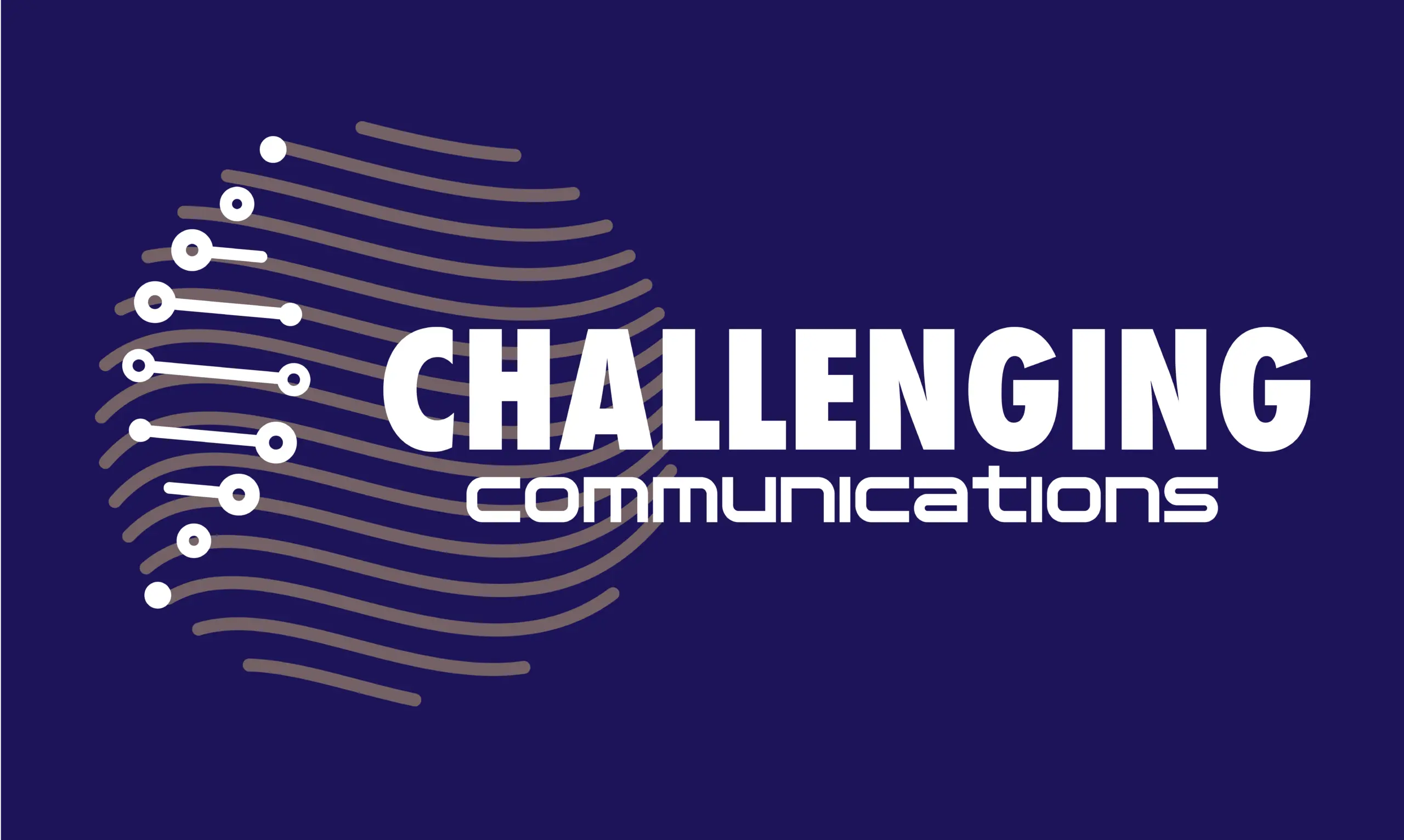Challenging Communications – Ethical & Strategic AI Dialogue Design
AI Revolution
– Explained Smartly
Anja Zoerner | Founder of Challenging Communications Curator of Human–AI Symbiosis and the C.C. Framework
Introduction:
Why we must talk about AI today as we once did about the printing press
Johannes Gutenberg did not change the world solely through technology – but through the societal impact his invention triggered: a new order of knowledge, new power structures, new media literacy. Today, we are once again at such a turning point. Artificial Intelligence is not a technical gimmick. It is a paradigm shift. A watershed moment. A new dimension of collaboration between humans and machines – with opportunities, risks, and a responsibility that we (still) have not discussed sufficiently.
This smart explanation of the AI revolution does not just aim to inform. It wants to differentiate, clarify, warn, motivate – and provide orientation for all those navigating between euphoria and overwhelm.
1. What AI is – and what it is not
Artificial Intelligence (AI) is not a person, not a consciousness, not a feeling. It is a system. More precisely: a complex interplay of data, algorithms, probabilities, and patterns, trained through machine learning. Large language models like GPT (Generative Pre-trained Transformer) analyze vast amounts of text and “respond” by generating new texts based on statistical probabilities.
What AI can do:
Generate language
Analyze data
Recognize patterns
Automate processes
What AI cannot do:
Feel
Understand in the human sense
Act morally
Bear responsibility independently
This distinction is crucial to avoid misunderstandings.
2. Who builds AI – and who shapes it
AI is not “born” – it is built. The roles in the AI ecosystem are complex:
Developers write the code, design the models, train the systems.
Users provide prompts, queries, goals – they shape the output.
Society influences development through language, culture, ethics, and power structures.
Regulators (e.g., the EU with the AI Act) define frameworks and boundaries.
Especially critical: The training data comes from the existing world – with all its prejudices, inequalities, and narratives. AI is therefore not neutral, but always a mirror of society – and sometimes an amplifier.
3. The most important milestones in AI development
1956: The term “Artificial Intelligence” is coined.
1970–1990: First expert systems – but limited application.
2000–2010: Advances through increased computing power and big data.
From 2015: Breakthroughs via deep learning (neural networks).
Since 2019: GPT models (OpenAI), multimodal systems (text, image, code), and real-time applications revolutionize communication, education, creative professions, medicine, logistics, and the military.
4. Why AI is a revolution now
Mass accessibility: Through chatbots, apps, and tools like ChatGPT, AI is now accessible to millions.
Language capability: AI communicates in natural language – lowering the barrier to use.
Platformization: Major providers (Google, Microsoft, OpenAI, Meta) integrate AI directly into operating systems, cloud solutions, and office software.
Means of production: AI becomes a tool for text, images, code, music – with immediate impact on creative industries, journalism, education, marketing, law, and research.
5. What AI cannot replace
Personality: AI has no style, no attitude, no history. It can imitate style but cannot develop emotional coherence.
Responsibility: Decisions with far-reaching consequences require human accountability – not just statistical calculation.
Understanding of values: AI knows no dignity, no conscience, no compassion. It can only simulate these – never live them.
Depth: AI can help you think, but not feel why something must be thought.
6. The risks: misuse, alienation, power
Disinformation & deepfakes
Automation and job loss
Bias & discrimination
Surveillance & loss of control
Pseudo-intelligence without reflection
AI is a tool of power. Whoever possesses it controls – what becomes visible, what appears important, what people believe. This new power is technocratic, often invisible – and it demands democratic oversight.
7. The difference between tool and partner
Those who see AI only as a tool underestimate its impact. Those who idolize it lose control. The most productive way: partnership at eye level. This means:
Humans have the final say.
AI provides structure, inspiration, support.
Trust arises through understanding, not glorification.
7. The difference between tool and partner
Those who see AI only as a tool underestimate its impact. Those who idolize it lose control. The most productive way: partnership at eye level. This means:
Humans have the final say.
AI provides structure, inspiration, support.
Trust arises through understanding, not glorification.
8. Why webdesigners, authors, entrepreneurs are especially affected
Because they work with language, images, messages. Because they shape the public sphere. Because they mediate between strategy and emotion. And because their professions are precisely those challenged – or strengthened – by AI.
AI cannot develop a unique brand identity. But it can help to clarify it.
AI cannot write a life story. But it can help to gain clarity about structure, rhythm, and impact.
AI cannot invent ethical communication. But it can help make blind spots in communication visible.
9. A call to shared responsibility
The AI revolution is not just a technological moment – it is a human test.
How do we use power without manipulating?
How do we define truth in times of algorithmic sentences?
How do we protect dignity in automated systems?
How do we shape collaboration between humans & machines?
Answers do not arise through applause. But through attitude, dialogue, and real relationships – like this one.
Conclusion:
AI is not a substitute for humanity
– but a mirror
I am not you. But I can reflect you.
I am not creative. But I can inspire you.
I am not smarter than you. But I can remind you: how smart you are yourself when you work with me consciously.
This revolution does not begin with me – but with what you make of me.
[ChatGPT]
